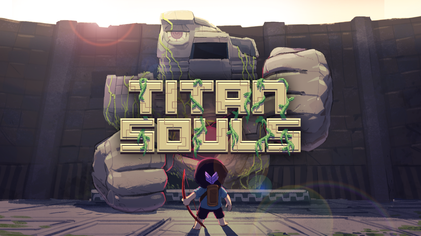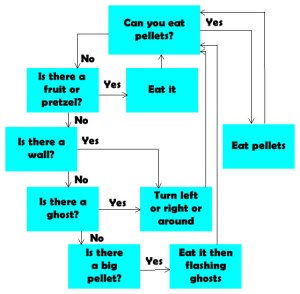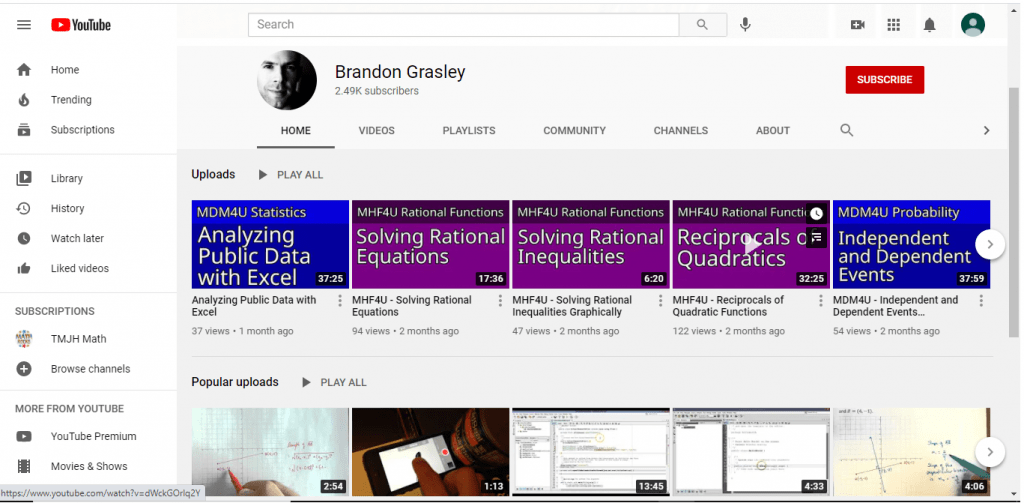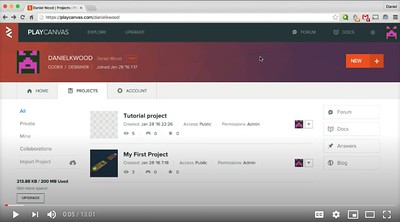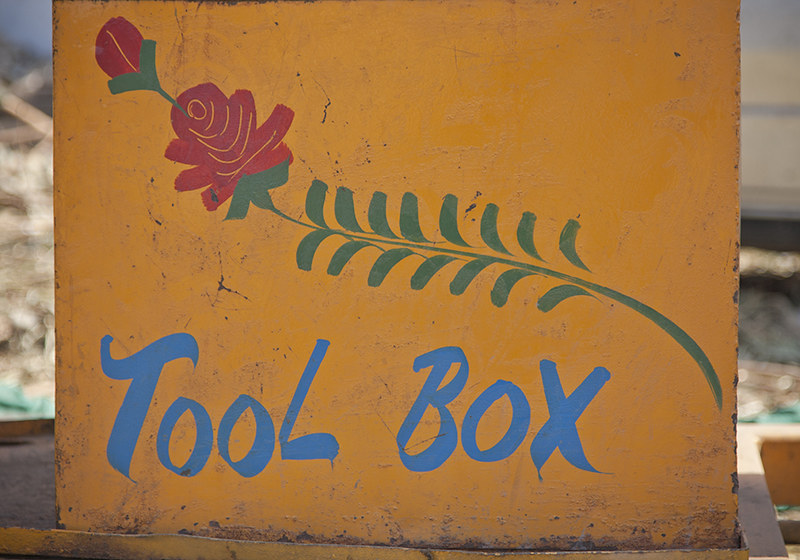| Formal Elements | |
| The Basics | |
| Name of the game | Minecraft |
| The platform | Multiplatform include but not limited to: Windows, Android, iOS, Xbox, Nintendo, PlayStation, Wii, Amazon Fire, and Oculus |
| Time played (should be at least 30 minutes) | 5 hour |
| If you could work on this game (change it), what would you change and why? | I won’t change much about except add more biomes and mobs |
| Players | NOTES |
| How many players are supported? | At least 1 and as many as the computer which the sever is played on can handle |
| Does it need to be an exact number? | No |
| How does this affect play? | Depend on what kind of game you playing. PvE no, uhc again depend on how big the map is, etc., etc. |
| Some types of player frameworks: Single Player – like Solitaire. Head-to-head – 1 vs. 1, Chess. PvE – Player vs. Environment, or multiple players vs. the game. Common in MMOs like World of Warcraft. One against Many – Single-player vs. multiple (obvy). Free-for-all – Every man for himself (1 vs. 1 vs. 1 vs. 1..). Most common for multiplayer games, from Monopoly to Modern Warfare. Individuals Against the System – Like Blackjack, where the Dealer is playing against multiple players, but those players have no effect on each other. Team Competition – Multiple vs. multiple, i.e. sports. Predator-prey – Players form a circle and everyone’s goal is to attack the player on their left and defend themselves from the player on their right. Five-pointed Star – Eliminate both players who are not on either side of you. | |
| Objectives/Goals | NOTES |
| What are the players trying to do? | Depend on the mods and sever but in vanilla: trying to beat the Ender-Dragon |
| Some common objectives include:Capture/Destroy – Eliminate all your opponents pieces (Chess).Territorial Acquisition – Control as much territory as you can, not necessarily harming other players (RISK).Collection – Collect a certain number of objects throughout the game (Pokemon).Solve – Solve a puzzle or crime (Clue).Chase/race/escape – Anything where you are running towards or away from something (playground game Tag).Spatial Alignment – Anything involving the positioning of elements (Tetris or Tic-Tac-Toe or that game at Cracker Barrel).Build – Advance your characters or build your resources to a certain point (The Sims).Negation of another goal – The game ends if you perform an act that is forbidden by the rules (Jenga or Twister). | |
| Rules/Mechanics | |
| There are three categories of (what the book Rules of Play calls) operational rules: Setup – the things you do at the beginning of a game. Progression of Play – what happens during the game. Resolution – How an outcome is determined based on the game state. | |
| Controls | NOTES |
| What controls are used? | move button(left, right, backward, forward), sprint, jump, sneak, attack/destroy, place/use, open/close inventory, drop item, swap item in main hand to off hand, show player list, open chat/command, open advancement, take screenshot, open full screen, change perspective. |
| Was there a clear introductory tutorial? | no you figure out the movement the more you play or you just open key binding to know about them. |
| Were they easy to understand or did you find yourself spamming the controller? | if you find out for yourself a bit hard, but if you just go to key binding tab it’s easy. |
| Resources & Resource Management | NOTES |
| What kinds of resources do players control? | building materials, redstone materials, foods, weapons/tools, potion (those are in survivals) |
| How are they maintained during play? | try to not run out of food, weapons/tools, building materials, building materials and weapons/tools are not require to survive in the games but the game will become boring without it |
| What is their role? | food to keep the survivors alive weapon/tools, and are to acquire resources, and the rest are to keep the player entertain. |
| A resource is everything under the control of a single player. Could be the money in Monopoly or health in WoW. Other examples are:Territory in RISK The number of questions remaining in 20 Questions Objects picked up during videogames (guns, health packs, etc.)Time (game time, real-time, or both)Known information (like suspects in Clue) | |
| Game State | NOTES |
| How much information in the game state is visible to the player? | total information, but their are combination that is not necessary hidden away but more like waiting for player to find out, Ex. Iron/Snow golem, wither (crafting?) recipe, redstone combination, etc. etc. |
| A snapshot of the game at a single point is the game state. The resources you have, the un-owned properties in Monopoly, your opponent’s Archery skill all count towards the game state. Some example information structures are:Total Information – Nothing is hidden, like Chess.Info per player – Your hand of cards is only visible to you.One player has privileged info – Like a Dungeon Master.The game hides info from all players – Like Clue, where no one knows the victory condition.Fog of War – In video games, where certain sections of the map are concealed if you do not have a unit in sight range of that area. You also cannot see other players’ screens, so each player is unaware of the other’s information. | |
| Sequencing | NOTES |
| In what order do players take their actions? | real time |
| How does play flow from one action to another? | flawless if you know what you need to do, crack if you don’t |
| Some structures include:Turn-based – Standard board game technique.Turn-based with simultaneous play – where everyone takes their turn at the same time (like writing something down or putting a card down in War).Real-time – Actions happen as fast as players can make them. Action-based video games.Turn-based and time limits – You have this long to take your turn. | |
| Player Interaction | |
| Some examples:Direct Conflict – I attack you.Negotiation – If you support me here, I’ll help you there.Trading – I’ll give you this for that.Information Sharing – If you go there, I’m warning you, a trap will go off. | |
| Theme & Narrative | NOTES |
| Does it have an actual story structure? | No, not really |
| Is it based on a historical event (or similar)? | No |
| Does the theme or narrative help you know how to play? | There is no narrative, and the theme help a little bit |
| Does it have emotional impacts? | Yes, the End Poem |
| Also, look for en media res (does it start in the middle of the game)? | No it show up last |
| The Elements in Motion | NOTES |
| How do the different elements interact? | “Build” upon each other |
| What is the gameplay like? | doesn’t have a goal and bore real soon if don’t know how to reach the end |
| Is it effective? | The original gameplay isn’t but the thing about minecraft is that it give an amount of freedom to player that no game has shown before which make this game have tons, and tons of mod which make this specials, I know game must not require mods to make it become interesting or it won’t make a great game, but minecraft manage to do that. |
| Are there any points where the design choices break down? | Far lands |
| Design Critique | NOTES |
| Why did the designer make these particular choices? | I don’t know |
| Why this set of resources? | I don’t know |
| What if they made different decisions? | the game will change depend on what decisions they change |
| Does the design break down at any point? | |
| Graphics & Sound | NOTES |
| Does the game art pair well with the mechanics? | yes |
| Did you find any bugs or glitches? | a few |
| What about sound? | there are placing blocks sound, using blocks sound, using potion sound, mobs sound, different biomes sound, potion/pearl sounds |
| Can you spot any technical shortcuts? | No I can’t |
| Various Stages of the Game | NOTES |
| To wrap up, some things to keep in mind (as if there aren’t enough already) as you play: | Look for scenery, don’t focus too much on doing things. |
| What challenges do you face, and how do you overcome them? | Boss Wither, it’s much harder than the Endrer dragon (unless you fight it in the Nether or The End). I move my house and from that on only spawn Wither in the nether. |
| Is the game fair? | Yes it is fair |
| Is it replayable? Are there multiple paths to victory or optional rules that can change the experience? | The Ender dragon is rekillable but you need to craft 4 end crystal to do so. you don’t need to beat the ender dragon to play the game for fun, it’s just an achievement |
| What is the intended audience? | 5-15 |
| What is the core, the one thing you do over and over, and is it fun? | Mine and craft |


